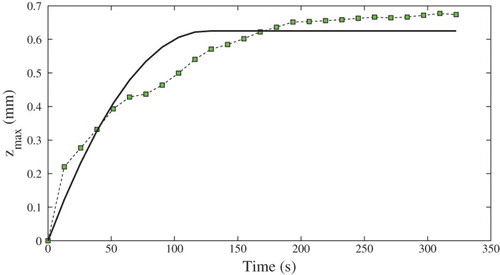Figures & data
Table 1. Relevant data for the packing structures composed of spheres.
Table 2. Basic information for the porous systems obtained from the packing of rhombs.
Table 3. Data for the packing structures obtained with fibers and rhombs.
Figure 1. 2D sections for packing structures: (a) bimodal1 for spheres, (b) fine1 for spheres, (c) multimodal for blocks, (d) bimodal3 with misalignment for blocks, (e) fiber1 for misalignment, (f) fiber6 for misalignment and tilt, and (g) the microstructure of a typical preform.
Note: The filler particles are shown in the dark sections. Further information on the structures can be found in Tables to .
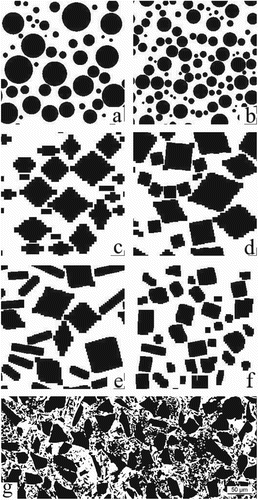
Figure 2. Fluid invasion for selected packing structures after ts: (a) simulation for bimodal1 with spherical particles, (b) infiltration for bimodal2 with rhombs in the presence of misalignment, (c) visualization of a system using fiber2, with misalignment and tilt, and (d) simulation of bimodal2 for rhombs with misalignment and surface reaction enabled.
Note: Red is used for the wetting fluid and blue for the non-wetting component. The initial solid phase is represented by the dark areas and the growing surface from the reaction is represented by the yellow areas. More details on the properties of the packing systems are reported in Tables to , and more details on the results of the infiltrations are reported in Tables to .
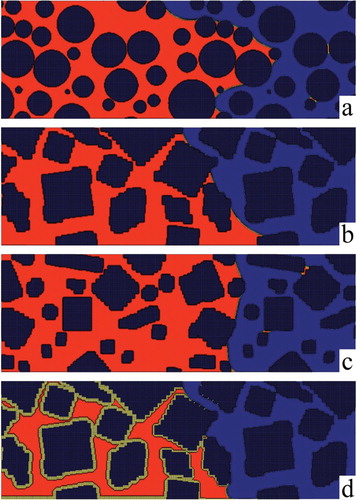
Figure 3. Infiltrated distance with chemical inertness for the solid surface: (a) packing structures obtained from spheres, and (b) packing structures realized with aligned rhombs.
Note: Points represent simulation results. The solid lines are fits to the data using Equation (Equation3(3) ). The basic properties of the packing systems are listed in Tables and .
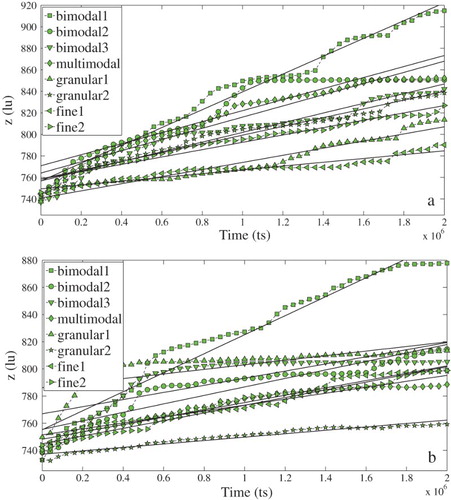
Table 4. Spheres composing the packing structures infiltrated without surface growth (see Table ).
Table 5. Rhombs composing the packing systems infiltrated with inert boundaries (see Table ).
Figure 4. Relationship between the fluctuations of characteristic numbers and Ca for packing systems with spheres and rhombs in the absence of surface reaction.
Note: Yellow markers are used for spheres, blue for aligned rhombs, red for rhombs with misalignment and green for rhombs with misalignment and tilt (see Tables and ).
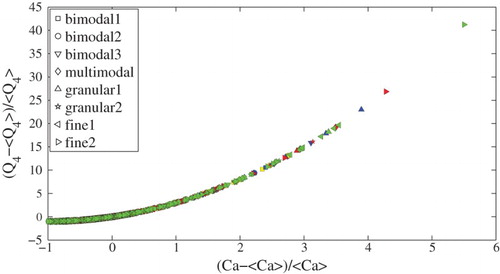
Figure 5. Relationship between the capillary number and the tortuosity for packing systems with spheres and rhombs in the absence of surface reaction.
Note: Yellow markers are used for spheres and blue for aligned rhombs. The properties of the packing systems are summarized in Tables and .
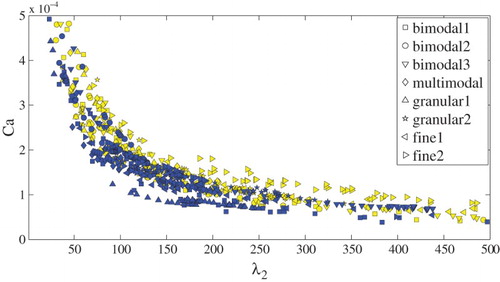
Table 6. Fibers added to the packing systems infiltrated without reactive boundaries (see Table ).
Table 7. Surface reaction enabled for the infiltration of packing systems obtained from rhombs (see Tables and ).
Figure 6. Average maximum of the invading front as time passes for infiltrations with surface reaction.
Note: The porous structures are obtained from the packing of rhombs with aligned particles (see Table ). Points represent simulation results. The solid lines are fits to the data by means of Equation (Equation2(2) ).
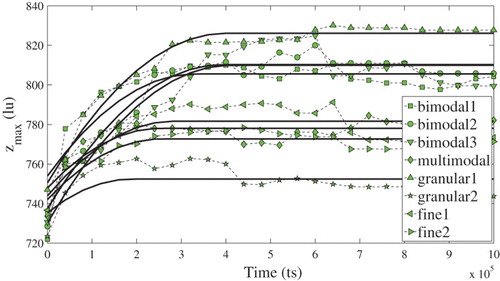
Figure 7. LBM simulations of the experimental results with surface growth.
Note: The average maximum for the infiltrated length is given as a function of time. Points represent simulation results. The solid line is a fit to the data by means of Equation (Equation2(2) ).
